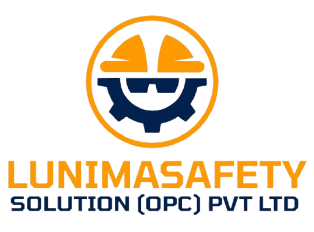Safety Compliance
Safety Compliance Services
At Lunima Safety Solution, we ensure that your organization meets all required safety regulations and industrial best practices through comprehensive Safety Compliance Services. Our goal is to minimize operational risks, promote a safe work environment, and enhance your overall safety performance across all levels.
As part of our integrated safety approach, we offer expert solutions in:

Statutory Requirements
We assist in complying with legally mandated safety laws such as the Factories Act, Environment (Protection) Act, and Occupational Safety Code. Our guidance ensures your operations meet all statutory obligations effectively.
Regulatory Requirements
Our team ensures adherence to safety regulations issued by bodies like OSHA, PESO, and CPCB. We help maintain certifications, update licenses, and prepare for safety audits and inspections.
Obligatory Requirements
We support implementation of client-specific or voluntary internal safety standards such as ISO 45001. These obligations enhance corporate responsibility and meet stakeholder expectations.
Compliance Audits
Our detailed audits identify gaps in your compliance systems, providing actionable reports that drive continual improvement and reduce liability across your operations.
Legal Documentation Support
We help prepare, manage, and maintain documentation required for compliance including permits, licenses, HSE reports, and audit trails as per national and international norms.
End-to-End Advisory
From gap analysis to policy development, we provide full-spectrum support to embed compliance at every level of your safety management system.
